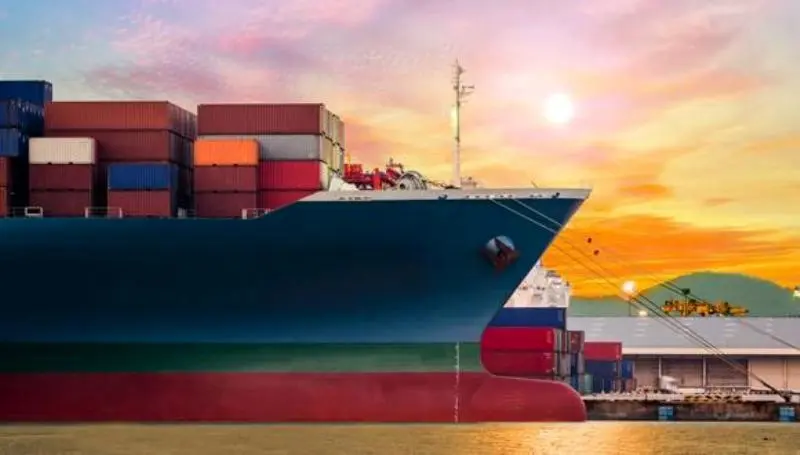Biofouling and Invasive Species: Addressing the Threat through Industry Collaboration

The introduction of invasive aquatic species to new environments is a major threat to ocean biodiversity, and can result in important impacts on infrastructure and livelihoods.
The spread of invasive species is mainly associated with shipping, aquaculture, offshore structures and marine debris. Detecting initial incursions of these silent, potentially invasive species requires considerable monitoring effort, and even the eradication of a small population requires an intensive, long term and costly effort, usually with poor results.
Marine biofouling has been targeted as a major vector for the transport of invasive aquatic species and has been a cause for major concern in some areas. A few countries, such as Australia and New Zealand, have already introduced some requirements related to biofouling, with more countries expected to follow them in 2018. In the US, several states have also taken the initiative, most recently California.
But what is the solution for biofouling?
Management practices that prevent invasions are the most practical and cost-effective approach to the problem of invasive species. In the case of ships, such management practices can also improve their hydrodynamic performance, as hull fouling leads to significant increases in ship resistance, which in turn has a major impact both on fuel costs and on emissions of air pollutants and greenhouse gases.
Tackling biofouling also requires engaging the other sectors moving vessels and equipment around the world, e.g. offshore oil and gas, fishing, dredging and others. In addition, other industries with infrastructure in the water need to be involved because their structures may host biofouling organisms which can ‘infect’ otherwise clean vessels. To be effective, a meaningful effort to address biofouling must also engage offshore wind energy, ocean renewable energy (wave, tidal, etc.), aquaculture, the technology/instrumentation community and of course ports and terminals.
The International Maritime Organization (IMO), in cooperation with the Global Environment Facility (GEF), the United Nations Development Programme (UNDP) and the World Ocean Council (WOC) is now launching a global project (GloFouling) to assist developing countries to minimize the risks from aquatic biofouling. This important new project will mainly focus on the implementation of IMO’s Biofouling Guidelines and, via WOC, engage the non-shipping sectors and the science community. The project will work to find new solutions to biofouling and facilitate the development and adoption of new technologies through public-private partnerships.
The WOC is working to develop an international, multi-stakeholder “Platform on Biofouling and Invasive Species” that will provide an ongoing structure, bring together the range of ocean industries involved in the biofouling issue and serve as the global forum for identifying priorities, shaping the agenda and driving continuous progress on this important global, multi-industry issue.
The SOS 2017 “Biofouling and Invasive Species” parallel session will explain IMO’s Biofouling Guidelines, take stock of technical solutions to biofouling, provide information on the GloFouling project and seek industry involvement.
A survey has been developed to assist ocean industries to engage in the GloFouling program. We encourage the ocean business community to participate in this survey, especially if you are unable to attend the SOS 2017.















![AIRBUS A380 [MORE THAN 600 PASSENGER’S CAPACITY PLANE]](https://cdn.tinn.ir/thumbnail/4jCp4EQvCU0b/IjHVrSYQrIAqIzXuTzADR7qLYX4idQT4nfq__26E5SCUPLMqfhWkWajvuO9Wfq1ql1TjV4dhkrHliNQU82kMpo2NNftT_NGEwHc9KXtN_rk731bmifa2IQ,,/airbus-a380-structure1.jpg)

Send Comment